Books
George Pérez: A Visionary Artist Whose Work Has Shaped Generations
For any fans of Wonder Woman, the Teen Titans (including Cyborg), the incredible Crisis On Infinite Earths event by DC Comics, as well as Marvel titles such as The Avengers, it’s high time we all give George Pérez his flowers, while we still can.
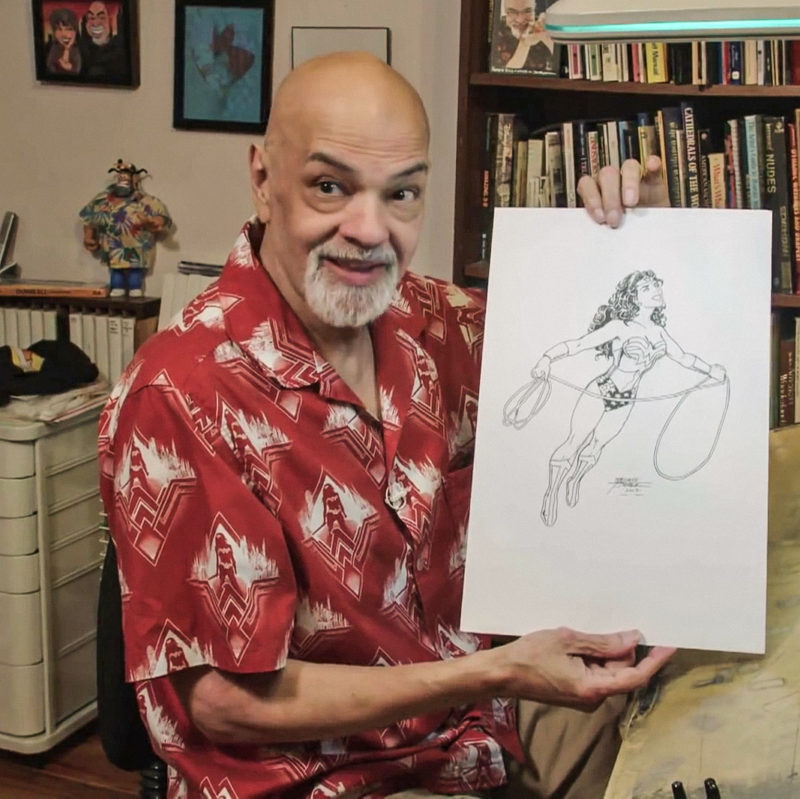
Tragic News
Before I start gushing over this incredible man and his iconic work, let me start with why this article needed to be written as soon as possible. George Pérez: an icon, a visionary, a majorly talented and gifted writer, penciler, and artist, has recently announced as of December 7th, 2021 that he has terminal pancreatic cancer, leaving him with maybe six more months to live.
Anyone who knows me knows I never shut up about how the Pre-52 aka New Earth aka Post-Crisis aka George Pérez Wonder Woman is the only Wonder Woman I recognize. This version of the character, as well as the Pre-52 versions of all DC-related properties as well as Pérez’s contributions to Marvel Comics, have shaped me as a comic book nerd, a fan of pop culture, and art, and a creative person in general. Wonder Woman volume 2 was one of the very first comics I ever collected back in middle school and I was captivated by the rich mythology and storytelling established by Pérez, which was expounded upon (and would later be even further expounded upon) with subsequent influential artists such as John Byrne, Phil Jimenez, Gail Simone, and many others.
Pérez is a true comic book fan and outstanding contributor to the medium, he deserves every single praise for his excellent and iconic work on Wonder Woman, The New Teen Titans, The New Titans, The Avengers, and various other works through his writing and his incredible penciling and visual art with a distinctive, clean and detailed style. He is truly one of the best. I will more closely discuss his works which I am most familiar with: Wonder Woman, The New Teen Titans, and Crisis On Infinite Earths.
The Best Wonder Woman
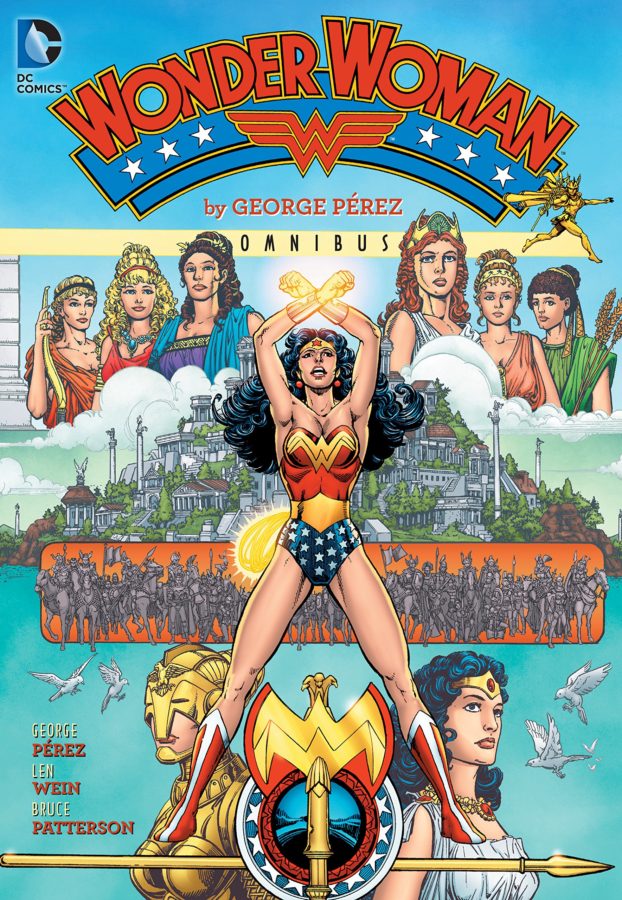
I make it absolutely no secret that it is George Pérez’s run of Wonder Woman, volume 2, beginning with issue 1 in 1986, that is the best. It is the most empowering version of not just the character, but of the Amazons of Themyscira and their mythos, bar none. Yes, Diana was molded from clay, and what some fans don’t know is that all of the Amazons were made from clay. I believe that this was intentional. Sex and conception with the assistance of men were removed from the rebirth of the Amazons after having suffered in their first lifetimes. The Amazons were all souls from the Cavern of Souls visited by goddesses of Olympus to create a race of women who could help quell war and promote peace, love, and understanding among humankind. These souls belonged to women who were slain and horribly mistreated by men. Also, Wonder Woman is literally a flying amazon in a world of other superhuman and supernatural beings, I don’t think it is entirely necessary she or the other amazons have traditional births or conceptions. Thus, in the Pre-52/Post-Crisis version of Wonder Woman, it was the goddesses of Olympus, not Zeus, who created the Amazons, and later created Diana herself.
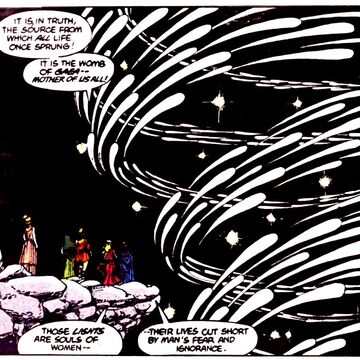
Having the goddesses being directly responsible for the creation of the Amazons, as well as them (along with Hermes) being responsible for the creation of Diana herself, gave this version of the Wonder Woman mythos so much more depth and empowerment than everything being explained away by Zeus and his penis as in the New 52 as well as the DCEU films. Pérez also gave us the very first-ever appearance of Philippus, a Black Amazon who was the general of Themyscira, and the woman who trained Diana in how to use her powers. That role was taken from her and instead given to Diana’s white, blonde aunt Antiope in the DCEU films. Philippus was the general and eventually became chancellor of Themyscira after the tragic death of Queen Hippolyta. Philippus was made chancellor after Diana forsook her crown to make Themyscira a democracy. The important thing is that Themyscira had not only ethnic representation, but the ethnic Amazons, like Philippus, had major impactful roles not seen in the DCEU films.
Black Amazons

The only downside to Pérez’s run is the omission of Nubia (then reimagined as Nu’Bia) as Diana’s twin sister, who in this version was an ordinary Amazon with no powers comparable to Diana. Nu’Bia guarded “Doom’s Doorway” and generally didn’t make many appearances. Otherwise, this version of Wonder Woman and the exclusion of Zeus’ fatherhood (aside from Cassie Sandsmark, the second Wonder Girl, for whom it was first established in comics before this characterization was strangely given to her mentor) really gave the importance of womanhood, compassion, and sisterhood, as all the Amazons refer to each other as “sister” (something else removed from the DCEU version… for something led by a woman, almost everything empowering about it was stripped because the director wasn’t aware of the vastly superior, albeit the previous version of the comics from an earlier time. Yes, I’m salty. Watch your sodium levels after reading this).
Ok Ladies, Now Just Get In Formation
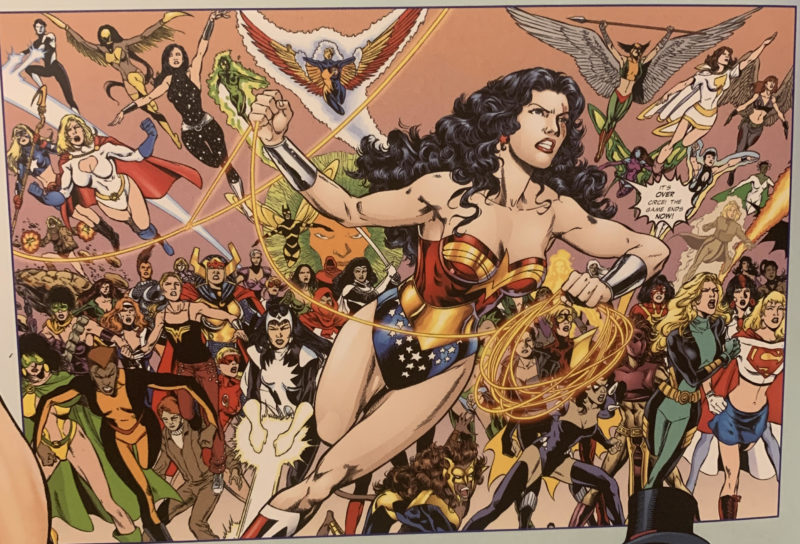
Even outside of Themyscira, Diana would be well-known for her many female friendships, acquaintanceships, team-ups, and relationships in this era of the comics. She’d be friends with Vanessa and Julia Kapatelis, Helena and Cassie Sandsmark, Lois Lane, Barbara Gordon, the second Black Canary Dinah Laurel Lance, Hawkgirl (Kendra Saunders), Power Girl, Supergirl, and so many more. Wonder Woman was all about female bonds and friendships which was only learned behavior from her strong sisterhood on Themyscira with her sister Amazons. She was even known to call women of “Patriarch’s World” (aka the mortal world outside of Themyscira) ‘sister’. That too was left out of the DCEU films and possibly the New 52 comic, which I admit I refuse to read because I don’t appreciate the changes made to her mythos, especially everything surrounding Zeus. Everything special about Diana there comes from Zeus being her father, whereas she was given powers, individually by the goddesses (plus Hermes) of Olympus in Pérez’s run. From Demeter, she received power and strength from the earth itself, from Aphrodite great beauty and a loving heart, from Athena great wisdom, from Artemis the eye of the hunter and unity with beasts, from Hestia she received sisterhood with fire (which she normally channels via her lasso of truth to compel the truth out of people, burning them if they try to lie), and from Hermes (the sole male god to give a gift) speed and the power of flight.
Heracles, Bondage, A Split, and the Legacy of Diana Trevor
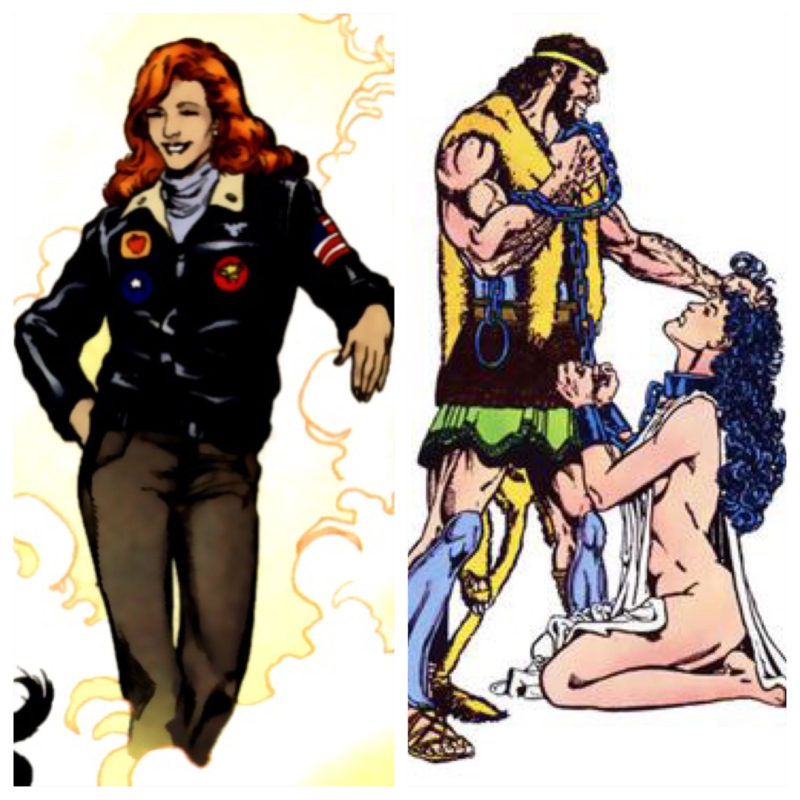
The New 52 and DCEU also omitted the legacy of Diana Rockwell Trevor, a pilot and the mother of Steve Trevor who crash-landed on Themyscira prior to Princess Diana’s birth. Trevor valiantly fought alongside the Amazons, who were all strangers to her and vice versa, and died in battle helping them in any way. Due to her bravery and sacrifice, Queen Hippolyta later named her daughter after this hero. It was also the American flag, which the Amazons didn’t recognize at the time, that they used to fashion a costume and armor based on what would become Wonder Woman’s signature look (with the American flag colors as well as stars, also eagle motifs). The gun Diana Trevor used in battle, also foreign and unknown to the Amazon, would be used for the bracelets training to deflect bullets.
Those bracelets, the bracelets of submission, are worn by all the amazons because in the Pre-52 the amazons had been deceived and enslaved by Heracles (also spelled as Herakles, either way, yes to that pronunciation because of how it ties to Hera, undermining her position as the goddess of marriage and fidelity and further showing how Zeus ain’t shit). He had decided to seduce and then subdue, humiliate and subjugate Hippolyta and her Amazon sisters all because Hippolyta bested him in battle with skill over his brute strength. After eventually defeating Heracles and becoming freed from bondage, half of the Amazons were given an island paradise (Themyscira) hidden from men (originally they lived in a gated community in ancient Greece as a part of man’s world but still kinda on their own. They could still see and be visited by men) and were given immortality, while the other half led by the second queen and Hippolyta’s natural sister Antiope, went to Egypt and became known as the Amazons of Bana-Mighdall, where they did not receive immortality as they renounced the gods for wanting them to not take revenge for their suffering. The Amazons of Themyscira remained loyal to the gods and wore the bracelets, literally parts of the actual chains they were enslaved in without the chains, as a constant reminder of what they endured. So in the Wonder Woman movie in 2017, Diana would have better understood the story of the Chief and his people… if we were actually using this version of Wonder Woman’s mythos.
Steve Trevor, who in the Pre-52 comics would still interact with Wonder Woman, would later learn the truth about his mother, who up until then was missing in action and presumed dead. He and Diana, while great friends, were not love interests like in the Pre-Crisis continuity (namely the golden age) or in the New 52/Rebirth or DCEU films. He was still important, but unlike in the films, he wasn’t her entire world and she had other friends, including great female friends, who helped give her life meaning and purpose along with her great destiny. While Diana would eventually have some romantic relationships in the Pre-52 era, they were not the sole focus, or even of incredible importance, over her role as a hero. Diana could and would keep fighting as a hero even if she lost love, and found love and friendships again.
Pérez’s work just had… so much layered and rich history, world-building, mythology, and characterization on all sides, not even just for Diana. And while some (namely Nu’Bia) could have been given more, what we were given was pretty damn awesome.
The New Teen Titans
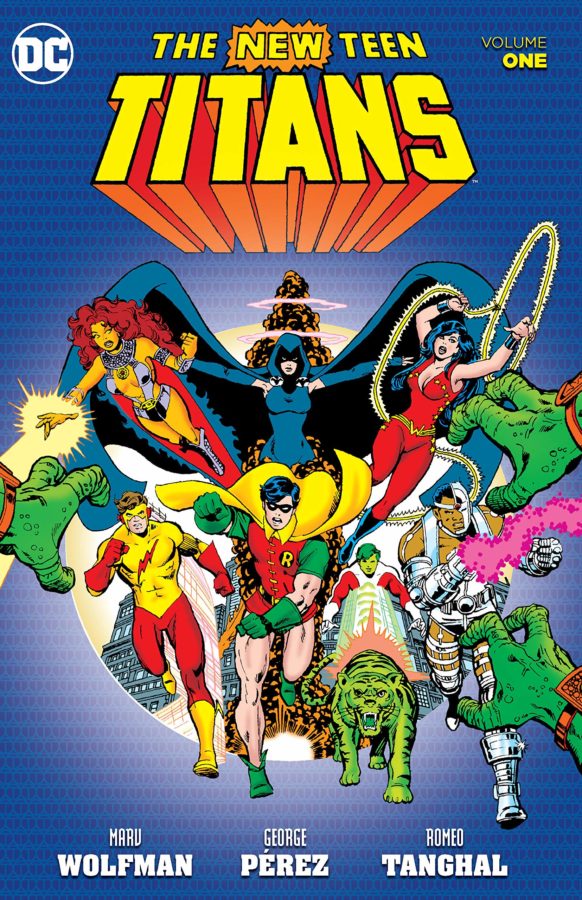
Wonder Woman is one of my favorite heroes of all time, but the Teen Titans are my favorite DC Comics superhero team, ever. Pérez did the art of this iconic work that was written by Marv Wolfman. While the team already existed beforehand, it was this title that made the IP soar to new heights and see much more success. With the return of Robin (Dick Grayson, soon to become Nightwing for the very first time during the pages of this title. Side note, “Nightwing” was originally a vigilante from Krypton, Superman’s homeworld, whom Superman told Dick about and inspired Dick’s name and persona… So yes. A major, beloved hero like Nightwing was inspired by Superman, whom many love to hate. *Sips hot cider*, not a tea person, tbh), Kid Flash (Wally West), and Wonder Girl (Donna Troy), were joined by new and returning(ish) heroes. They were joined by Changeling (formerly, at the time, known as Beast Boy of the Doom Patrol and a brief member of Titans West), the beautiful alien Starfire, the former college athletic superstar Cyborg, and the mystical and mysterious Raven. This comic was the very first appearance of Starfire, Raven, and Cyborg, ever.
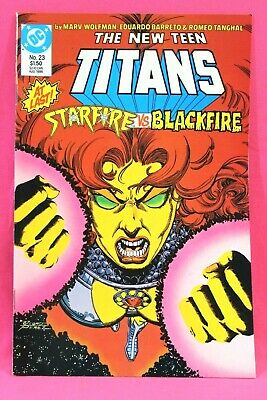
Pérez was the artist who designed these iconic characters which would inform some of their core characteristics for decades to come: Starfire would be associated with the colors purple, orange, green, and also flame (depending on who you ask or how her starbolts were depicted at the time). Raven would usually wear some form of a hood and cape, wear dark colors, be monotone and/or dispassionate (for one reason or another, depending on the version), and flip between good and evil like changing clothes. Cyborg would be the half-man, half-machine characterized by visible Blackness, an often no-nonsense attitude (or jovial, serious or angry, also depending on the version).
Pérez’s design of Starfire would elicit a lot of fan debate due to the casting of Anna Diop, a visibly Black actress, in the live-action Titans series based on The New Teen Titans. The role of Starfire here would be played without the use of orange paint or makeup, instead of being visibly Black. Some felt the casting was only done to fill an ethnic quota that was needed due to the mysterious absence of Cyborg from the roster, while others felt that the character, as an orange-skinned alien from a fictional race, could be played by an actor of any race. Some also felt that the design choices made by Pérez suggested ethnic coding, even Black coding specifically. Some feel, minus the orange skin and completely green eyes, that Starfire could easily pass for a non-Black Latines person, and some argue a biracial or monoracial Black woman. Hair texture alone can vary regardless of race, but some point to other facial features depicted that suggest real-life ethnic influences. Either way, Starfire looks damn good, and so does the rest of the cast of characters under Pérez’s great eye.
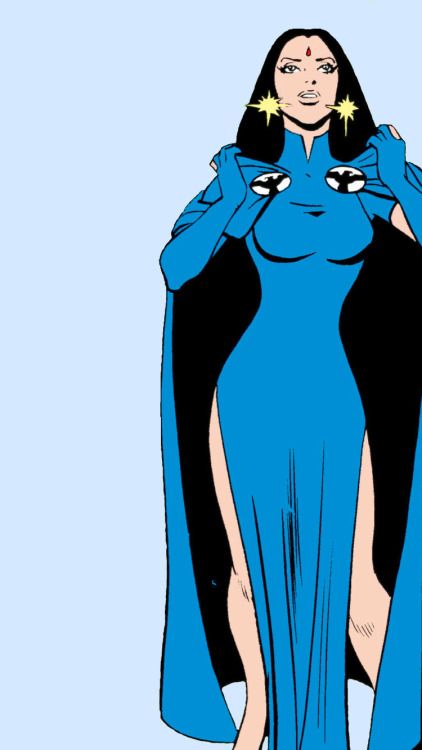
One thing most people don’t talk about that has largely gone away in recent years is Raven’s original depiction with her long, raven (no pun intended) hair. The hair along with her costume helped make her look more witchy in my opinion and I appreciated how different it was from many subsequent versions. Speaking of which, I need to briefly discuss the animated Teen Titans series from 2003. I had actually caught some episodes of those just before I got into comics in middle school before I noticed some Teen Titans comics at the local bookstore. I love the series. It was well-done and excellently executed.
The only thing that bothers me about the animated series now is how Starfire’s ethnic features were so very downplayed. It is due to this immensely popular version of the animated series that many fans think of Starfire as possibly being white if she were turned human or her skin color was changed somehow, due to her features now being far different than what Pérez gave us initially. It was also in the series that Starfire having green starbolts first became a thing and where many people didn’t know that that wasn’t always the case. Pérez actually, interestingly enough, had her starbolts as magenta, which would later be more so associated with Blackfire in the animated series. During the Geoff Johns run aka volume 3, her starbolts were routinely depicted as flame-colored, though at least on some covers of The New Teen Titans as well as other stories prior to volume 3, they appeared to be either flame-colored or perhaps yellow.
Either way, the animated series never could have happened without the success of the comic which included the animated series’ entire core lineup minus some others (most notably Donna Troy who couldn’t officially appear or be named, aside from some telltale cameos, due to legal restrictions). Obviously, the animated series is beloved and iconic, even to me, especially making Raven more badass (she was a bit… interesting in The New Teen Titans, mostly only being offensive whenever she turned evil, but that’s my personal opinion).
Crisis On Infinite Earths, A True Game-Changer
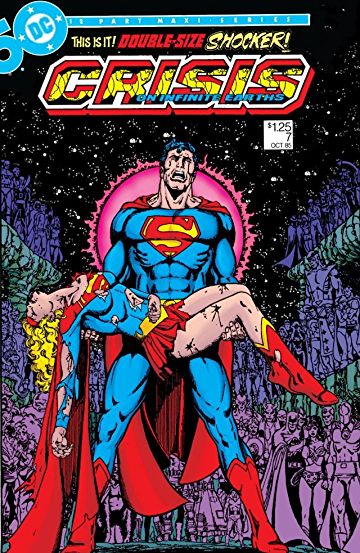
Crisis On Infinite Earths was the next big project Pérez would work on alongside Marv Wolfman. This was an absolute game-changer and reshaped the entire DC Universe for decades to come. For those who are unaware, Crisis On Infinite Earths was an event that took place in DC Comics in 1985 wherein the previous continuities, or ‘Earths’, were effectively erased to usher in a ‘New Earth’ which would start the iconic DC Comics heroes, villains, teams, etc. fresh with all-new number one issues, new origin stories (some would retain the basic, and sometimes largely unchanged, versions of origins and characterizations prior to Crisis). This incredibly iconic and important work is why we refer to terms such as Pre-Crisis (aka the history of the comic prior to Crisis On Infinite Earths in 1985. The golden, silver, and bronze ages of comics. Some refer to Post-Crisis as the ‘modern age’, but don’t ask me whether or not ‘modern age’ and ‘bronze age’ are interchangeable. My guess is no.) and Post-Crisis. The New 52 relaunch is why some fans use terms like ‘Pre-52’ which typically refers to Post-Crisis. It is the continuity just before the New 52 and just after Crisis On Infinite Earths, but could technically also refer to or include the Pre-Crisis era.
It might be a bit confusing if you are unfamiliar with comics, or DC Comics specifically, but it is important to note that it was after Crisis On Infinite Earths in 1985 that saw major changes in the DC Universe that would inform many of these characters and concepts even in other media for decades to come, and still be remembered to this day. For many fans, myself very much included, this era from 1985 to 2011 was the pinnacle of DC Comics storytelling and characters, including the DC trinity (Superman, Batman, and Wonder Woman) and their respective supporting characters and villains, the Justice League, the Teen Titans, and even Milestone, Vertigo, and other DC-related imprints and offshoots. Many iconic films, shows, and video games were born in or greatly influenced by this era. This continuity was so beloved, that the New 52 had to walk back most of their changes in order to re-establish many elements from the Pre-52 in order to win back the trust of longtime loyal fans, thus ushering in another relaunch called DC Rebirth. But what made Crisis so iconic and beloved where the New 52 crashed and burned?
How Crisis Worked And Where the New 52 Failed

One might argue that, despite the chaos depicted, Crisis made a lot more sense. The multiple earths, with some characters from different earths joining the main one (Earth-One), did not make matters easier. The event would consolidate these multiple earths into a single one where the golden age heroes (previously relegated to Earth-Two), now operated on the very same ‘New Earth’ as everyone else Post-Crisis, but were active in earlier years like World War II while the current heroes are active presently. The Crisis event itself was beautifully rendered thanks to Pérez’s art, which coupled with Wolfman’s writing, gave a great sense of stakes, danger, and tension throughout the story. So the actual crisis itself is an ‘anti-matter’ wave that is effectively erasing entire worlds, while the heroes of the earths try and fail to stop it. There are many key players in the story, but I don’t want to give anything away. Since this was a single event rather than an ongoing comic like the other titles I discussed, it is far more affordable and accessible to obtain than an entire omnibus of volumes if you want to read all of an ongoing comic’s issues (like me).
This event, while impactful like many comic events before it, was unique for DC in that it featured every single licensed DC Comics character still active at the time of its creation. It featured many deaths across the board, and not just by being erased by the anti-matter wave, some deaths of which would be maintained after the fact and become a part of the ‘New Earth’ continuity, despite knowledge of the previous earths and continuities as well as the Crisis event itself being erased from everyone’s minds. This means that even though the event ushered in new things and fresh starts, the events and actions taking place during it still mattered after the fact. It wasn’t like the New 52, where the event leading up to it (the Flashpoint Paradox) was pretty much null and void aside from the fact it led to the New 52. Deaths and events during Flashpoint meant absolutely nothing by the time the New 52 began, making Flashpoint feel pointless. Wow, the puns write themselves… I swear this isn’t intentional.
Flowers for Pérez
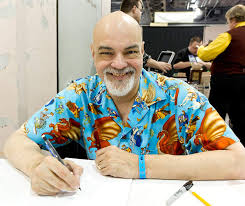
From the bottom of my heart, I want to thank George Pérez. I want to thank him for helping create worlds, characters, events, and symbols that matter the most to me. I have loved these works since I was a small child. Loved Wonder Woman, Superman, Batman, and others even before I got into comics. Back when I was watching reruns of the Super Friends that my mom told me she watched as a little girl, which made me love those heroes, and her, even more. When I would try and stay up past my bedtime to watch Batman: The Animated Series hoping to catch glimpses of Poison Ivy, Harley Quinn, Catwoman, Batgirl, Robin, or Nightwing. When I would ooh and ahh at Superman majestically flying to save the day in Superman: The Animated Series. When I secretly lusted after Tom Welling on Smallville while being captivated by Michael Rosenbaum as the very best live-action Lex Luthor that ever was. When I saw Wonder Woman kicking ass and taking names in Justice League and Justice League Unlimited. Pérez, his work, and the work of various other incredibly gifted writers, artists, editors, and others all worked together to give us excellent stories, be they mainstream continuity stories, or DC’s Elseworlds where writers like Frank Miller could really go off the rails to have our iconic heroes do wild things. But it would be ok because they were alternate continuities not affecting the main one.
This article is pretty detailed, especially the Wonder Woman portions, but I wanted to really capture what Pérez did, and how impactful it was in friggin’ 1986 which was much more empowering than most of the story elements introduced in 2011 (the New 52 Wonder Woman) and brought to a vast majority of people by 2017 in the Wonder Woman film. Had Patty Jenkins been a fan of the comics or at least researched this particular era (or if someone on the team or one of the male writers of the film had been aware of, or brought up the Pre-52 Wonder Woman), we might have had a very different film in all the best ways.
Yes, superpowers, at least the way they’re depicted in fiction, are impossible. Yes, a woman can’t be molded from clay, given life by goddesses, and given powers from each. Amazons (if they ever truly existed in our world) didn’t fly. Titans never existed and certainly were never teens. And we maybe don’t have an infinite amount of earths existing parallel to our own (though I’d like to think it’s possible). However, while it’s true that comics, like nearly any form of art, mirror life in some ways, even down to costume designs, symbols, color schemes, and how powers are chosen and how they work, they are also a great escape for many of us. We can dream the impossible, we can hope for adventure. We can fly, deflect bullets, and kick-ass while exposing cleavage and thigh, regardless of gender, because we’re strong, we’re invincible, and we have nothing to be ashamed of. Our minds, bodies, and destinies are our own.
Be the first to leave a review.
Your browser does not support images upload. Please choose a modern one
I identify as a womanist. I also identify as both gay and queer. I am gender fluid and respond to he/him, she/her, and they/them. I am a Black American-Descendant of American Chattel Slavery who is pro Black Diaspora and pro creating Global Black Strongholds (Blacks across the Diaspora holding it down in each region to allow all Blacks to go to each, and be safe and in community together). I am a comics, tv, movie, and video game stan. My expertise for comics and related media are DC Comics, Marvel Comics, Archie Comics, and a little bit of others here and there, but I'm hoping to branch out to other, Blacker and indie comics and related content. I'm a binge watcher and can talk about shows and movies for days. You can find me on YouTube and various other social media platforms as thaboiinblue.

5 Comments
Leave a Reply
Cancel reply
Leave a Reply
This site uses Akismet to reduce spam. Learn how your comment data is processed.

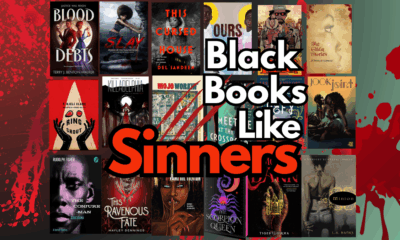

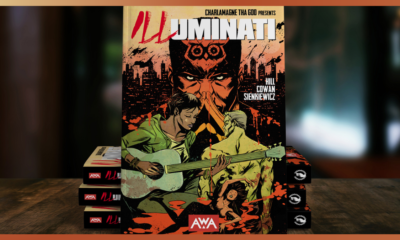

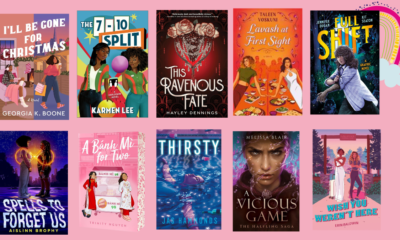

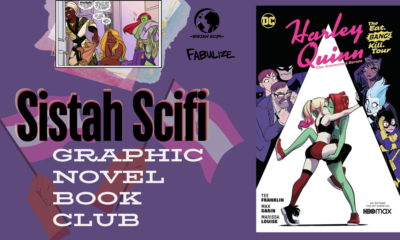

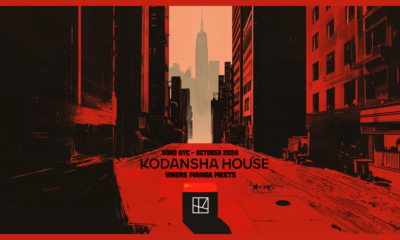







Pingback: Hopes & Ideas For The Upcoming Wonder Woman Game, As Well As A Future X-Men & Grand Theft Auto Game
Pingback: Male Athletes Became Action Stars, Can We Do The Same For Female Ones?
Pingback: Housekeeping: Terms and Phrases I Regularly Use
Pingback: If James Gunn Is Serious About Rebooting DC Films, He Needs To COMPLETELY Clean House, Including The Suicide Squad and Peacemaker
Pingback: Titans On HBO Max Doesn't Know What Era It Wants To Be, or What the Hell It's Doing